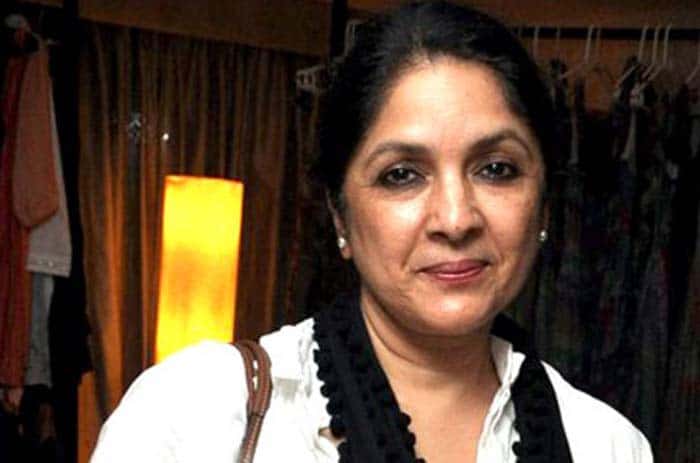Mumbai: Neena Gupta, who was a part of the avant-garde movement also known as the parallel movement in Indian cinema, says she has never been in a better place as an actor. She feels television gave her a new lease of life.
In the 1970s and 1980s, when Shyam Benegal, Govind Nihalani and Kundan Shah spearheaded the parallel movement in Hindi cinema, the plum roles in all the prestigious realistic films went to Shabana Azmi and Smita Patil. Neena was left with the leftovers.
“There was nothing for me then. The actor in me would have died if television had not come along,” Neena said.
Directing and acting in the serial “Saans”, which was about an extramarital affair way back in 1998 gave a new boost to Neena’s career. But as far as cinema is concerned, she has always been in a dry zone.
Just last year, Neena posted a message on social media, asking for “good parts to play”.
“I think that really worked for me. I am doing a whole lot of work. I am in the Kareena-Sonam Kapoor starrer ‘Veere Di Wedding’. I also have interesting roles in Nikkhil Advani’s ‘Mulk’ and Dibakar Banerjee’s ‘Sandeep Aur Pinky Faraar’,” Neena said.
But the film she is most looking forward to is chef-philanthropist Vikas Khanna’s “The Last Colour”, a film that focuses on the plight of widows in the holy city of Varanasi.
“I don’t know what prompted Vikas to make this film. He does so many things besides cooking. Now after proving himself a masterchef, he has proven himself a master filmmaker,” she said.
The movie features Neena in the pivotal role of a widow who is not allowed to play Holi, until a girl whom she had befriended and mothered, comes forward to fight for the widow’s right.
Neena said the level of centrality to a film with such an important theme is new to her.
“When Vikas told me about the film, I was stuck with how far-reaching the message of women’s empowerment went in this film. Widows were not allowed to play Holi in Varanasi until this girl, a lawyer, challenged the custom in court and won. This is the story of the widow who inspired her to fight for a widow’s right to play Holi.”
“The Last Colour” was showcased at the recently concluded Cannes Film Festival.
“We released the trailer at Cannes. It was so well received. The film has been beautifully shot to create vivid contrasts, the colours of Holi and the white that widows have to wear. I can’t wait for it to go out in the public domain.”
IANS

